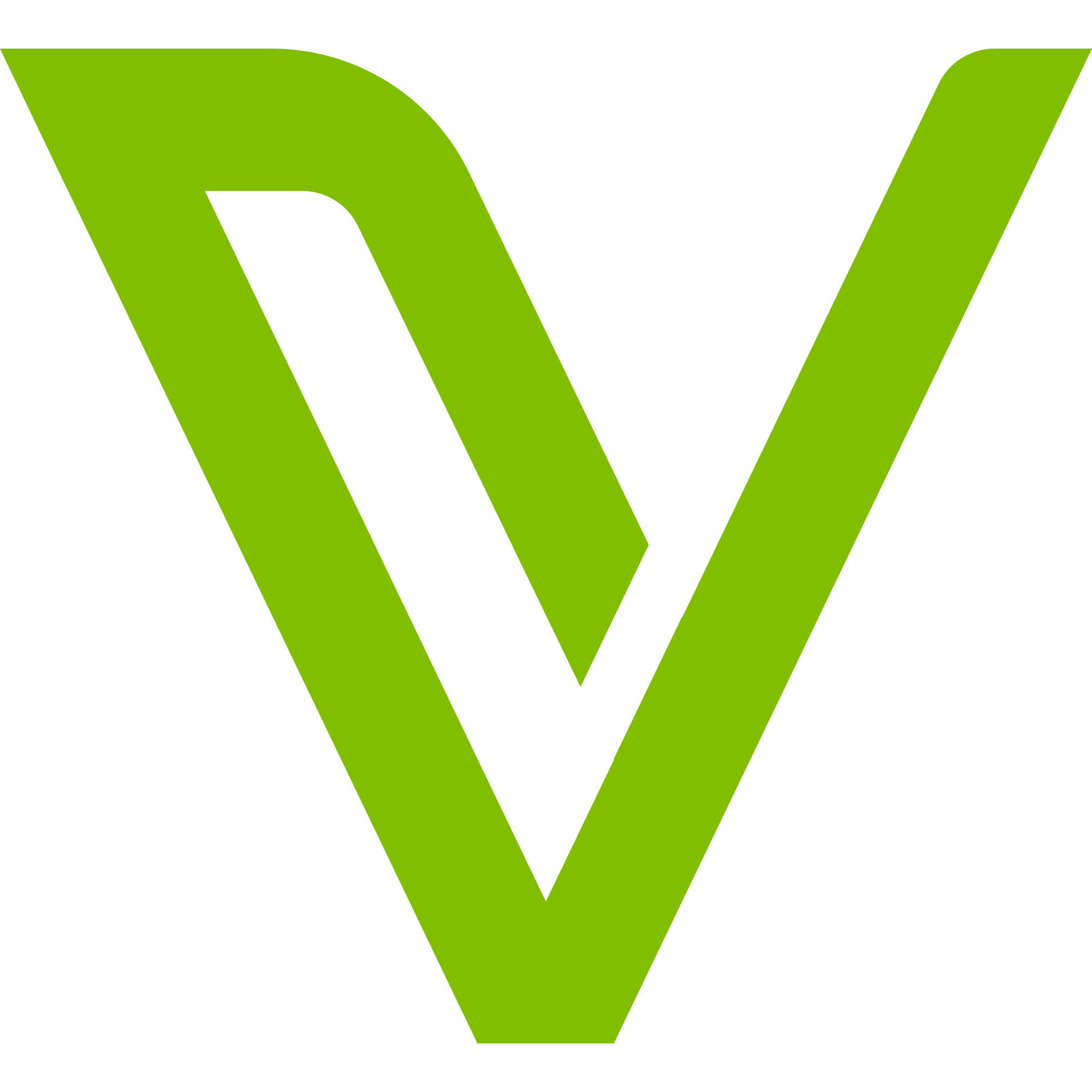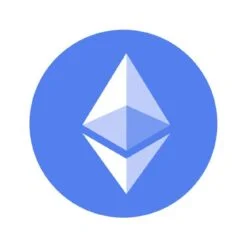About vechain
What is VeChain?
VeChain (VET) is an enterprise-grade Layer 1 (L1) smart contract platform designed to solve data management challenges for global industries, particularly in the areas of supply chain management and enterprise solutions. VeChain combines distributed governance with Internet of Things (IoT) technology to create an ecosystem that allows businesses to securely track products, monitor processes, and streamline operations through smart contracts and decentralized applications (dApps).
The platform uses two native tokens: VET and VTHO.
- VET is used as the value transfer medium and serves as the store of value for the network. It also governs the network and generates VTHO.
- VTHO is used to pay for network gas fees when interacting with smart contracts on the VeChainThor blockchain.
By using this dual-token system, VeChain aims to avoid fee fluctuations and network congestion, providing more predictable and sustainable transactions.
How does VeChain work?
VeChain operates through a sophisticated system designed to improve supply chain transparency and traceability. Here’s how it works:
- VeChain IDs: The platform assigns unique identifiers (known as VeChain IDs) to products. These IDs are tracked at each step in the supply chain, ensuring that all stakeholders can access verified and transparent data about a product’s journey from manufacture to consumer.
- Blockchain and IoT: VeChain leverages both blockchain technology and Internet of Things (IoT) devices to create a more efficient and transparent process. IoT devices collect data, which is then recorded on the VeChainThor blockchain. This ensures that the data is immutable and tamper-proof, providing stakeholders with trustworthy information about products.
- ToolChain: VeChain provides a suite of tools known as ToolChain, which allows developers to create and deploy decentralized applications (dApps) on the platform. This enables businesses to use VeChain’s infrastructure to automate processes and track products in real-time.
- Proof of Authority (PoA): VeChain uses a Proof of Authority consensus mechanism to secure its network. This PoA system relies on trusted validators (often enterprise nodes) to verify transactions, making it more energy-efficient than Proof of Work (PoW) and well-suited for enterprise use cases.
What are the potential use cases for VeChain?
VeChain is designed to address a wide variety of use cases, especially in industries that rely on complex supply chains. Some of its major potential use cases include:
- Supply Chain Management:
- Inventory Tracking: By leveraging blockchain and IoT, VeChain provides real-time, transparent, and verifiable information on the status and location of products throughout the supply chain.
- Product Authenticity: The platform can track products from manufacturing to sale, verifying the authenticity of high-value or luxury items, such as pharmaceuticals, wine, and fashion goods.
- Carbon Footprint Tracking:
- VeChain is being used to track carbon emissions in various industries, helping businesses monitor their environmental impact and comply with sustainability goals.
- International Logistics:
- By offering smart contract automation, VeChain can improve the efficiency of global logistics, streamlining the movement of goods across borders and ensuring compliance with international regulations.
- Automobile Passports:
- VeChain has partnered with major automotive companies to implement “automobile passports”, which are digital identities for vehicles, ensuring the authenticity of vehicle parts, maintenance history, and ownership.
- Incentivized Ecosystems:
- VeChain supports tokenized ecosystems where users are incentivized to contribute to the network, such as through the creation of loyalty programs and consumer reward systems.
- Food Safety and Quality:
- VeChain helps trace food products throughout the supply chain, from farm to table, ensuring safety, quality, and authenticity for consumers.
What is the history of VeChain?
VeChain was founded in 2015 as a private consortium blockchain, aimed at exploring the potential of blockchain technology for enterprise applications. Here’s a brief timeline of its evolution:
- 2015 – Founding: VeChain was founded by Sunny Lu, a former CIO of Louis Vuitton China, and Jay Zhang, who has a background in finance and risk management, working for firms like Deloitte and PriceWaterhouseCoopers.
- 2017 – Transition to Public Blockchain: In 2017, VeChain made the transition to a public blockchain, and its ERC-20 token VEN was created. The goal was to offer a more decentralized and scalable platform for businesses.
- 2018 – Mainnet Launch: The VeChain network launched its mainnet in 2018 under the VET token ticker, signaling a full transition to an independent blockchain with its own native token system.
- Partnerships and Growth: VeChain has attracted numerous high-profile partnerships with major global companies, including BMW, PwC, Walmart China, and DNV GL (a global quality assurance and risk management company). These partnerships have contributed to the adoption of VeChain’s blockchain for supply chain management and other enterprise applications.
- Proof of Authority (PoA): VeChain adopted the Proof of Authority (PoA) consensus mechanism, which is more energy-efficient and scalable for enterprise use, as opposed to other blockchain networks that use Proof of Work (PoW).














Harran –
smart contract Good